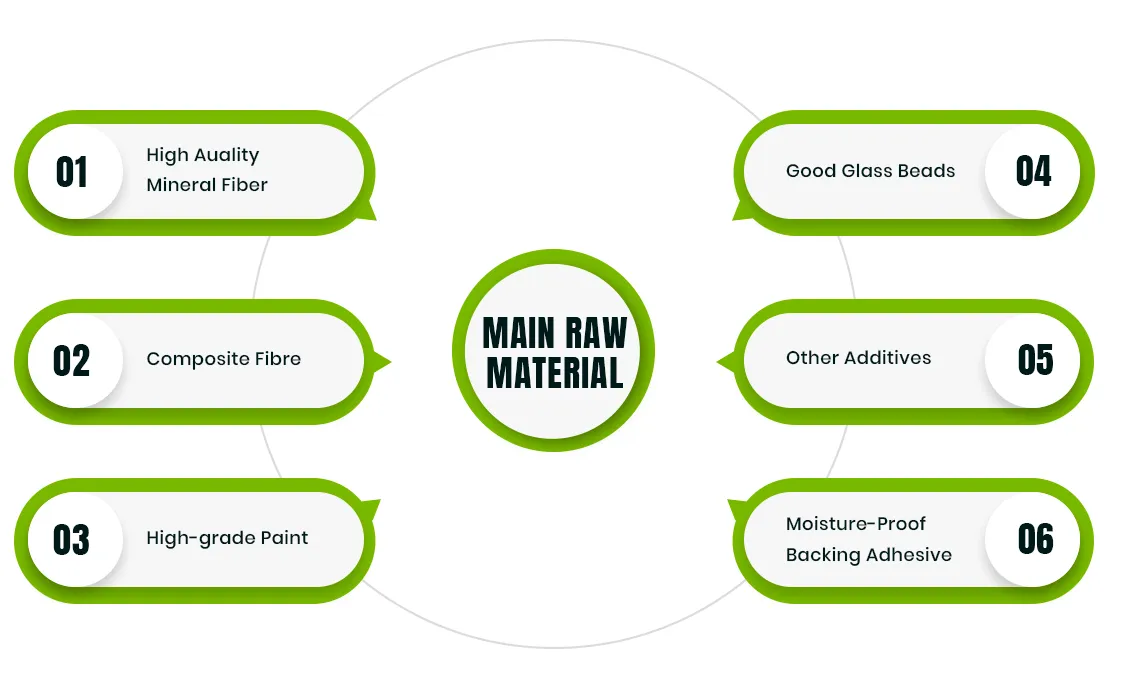- Afrikaans
- Albanian
- Amharic
- Arabic
- Armenian
- Azerbaijani
- Basque
- Belarusian
- Bengali
- Bosnian
- Bulgarian
- Catalan
- Cebuano
- Corsican
- Croatian
- Czech
- Danish
- Dutch
- English
- Esperanto
- Estonian
- French
- German
- Greek
- Hindi
- Indonesian
- irish
- Italian
- Japanese
- Korean
- Lao
- Malay
- Myanmar
- Norwegian
- Norwegian
- Polish
- Portuguese
- Romanian
- Russian
- Serbian
- Spanish
- Swedish
- Thai
- Turkish
- Ukrainian
- Uzbek
- Vietnamese
Déc . 10, 2024 05:37 Back to list
Similar Design Concepts for Suspended Ceiling Access Hatches and Their Applications
Understanding Suspended Ceiling Hatches Importance and Installation
In modern architectural design, suspended ceilings have become a recognized standard for both functionality and aesthetic appeal. These ceilings, often composed of lightweight panels hung below the main structural ceiling, allow for the integration of lighting, HVAC systems, and other utilities. Among the essential components of suspended ceilings are hatches or access panels. In this article, we will explore the significance of suspended ceiling hatches, their typical applications, and the installation process.
Importance of Suspended Ceiling Hatches
Suspended ceiling hatches are crucial for providing access to the spaces above the suspended ceiling. This access is vital for maintenance and repair work related to HVAC systems, electrical wiring, plumbing, and other infrastructural necessities. Without proper access points, maintenance can become challenging and time-consuming, potentially leading to increased operational costs and downtime for businesses.
Moreover, hatches contribute to the overall safety of a building. Regular inspections and maintenance of hidden systems help identify issues before they escalate into significant problems. For example, an HVAC unit may require occasional cleaning or filter changes, and having a suspended ceiling hatch can facilitate those processes without disrupting the entire ceiling system.
Another advantage of suspended ceiling hatches is their ability to maintain the aesthetic appeal of a space while also being functional. They can be designed to match the surrounding ceiling tiles, making them nearly invisible to the casual observer. This sleek integration is especially important in professional environments, such as offices, hospitals, and retail spaces, where appearance is essential.
Types of Suspended Ceiling Hatches
There are several types of suspended ceiling hatches, each designed for different applications
. The most common types include1. Standard Access Hatches Used primarily for maintenance access to pipelines, electrical conduits, and HVAC units. They typically have a simple design and are available in various sizes.
2. Fire-Rated Hatches These hatches are designed to provide access while also preventing the spread of fires. They meet specific building code requirements for fire resistance and are often required in commercial buildings.
3. Security Hatches In sensitive environments, such as data centers or pharmaceutical facilities, these hatches offer additional security features to safeguard access to critical infrastructure.
suspended ceiling hatch

4. Acoustic Hatches These hatches are designed to minimize sound transmission, making them ideal for environments where noise control is essential.
Installation Process
Installing a suspended ceiling hatch involves several steps to ensure it functions correctly and integrates seamlessly into the existing ceiling system. Here is a simplified overview of the installation process
1. Planning Before installation, plan the location of the hatch. Consider the accessibility required for maintenance and any potential obstructions in the ceiling space above.
2. Cutting the Opening Once the location is determined, cut the ceiling tiles to create an opening that matches the dimensions of the hatch. It’s essential to ensure that the edges are clean and precise for a proper fit.
3. Framing Construct a frame using metal or wood to support the hatch. The frame should be secured to the surrounding ceiling grid for stability.
4. Installing the Hatch Lift the hatch into place, ensuring that it fits snugly within the frame. Secure it according to the manufacturer’s guidelines, which may involve screws or clamps.
5. Finishing Touches After installation, make sure to add any necessary insulation, seals, or paint to match the surrounding ceiling tiles, enhancing the overall appearance.
Conclusion
Suspended ceiling hatches play a vital role in the functionality and maintenance of modern buildings. By facilitating access to essential systems while maintaining aesthetic appeal, they contribute significantly to the efficiency and safety of commercial and residential environments alike. Understanding their importance and proper installation can lead to more effective building management and smoother operations in the long run. As demand for versatile and functional design increases, suspended ceiling hatches will undoubtedly continue to be a key element in architectural planning.
-
Transform Interiors with PVC Gypsum Ceiling: A Stylish, Durable, and Moisture-Resistant SolutionNewsMay.19,2025
-
The Smart Interior Upgrade: Discover the Durability and Versatility of Gypsum Ceiling Access Panel SolutionsNewsMay.19,2025
-
The Smart Choice for Interior Design: Discover the Value of PVC Gypsum Ceiling SolutionsNewsMay.19,2025
-
Mineral Fiber Ceiling Tiles: The Smart Blend of Performance and AestheticsNewsMay.19,2025
-
Mineral Fiber Ceiling Tiles: The Superior Choice Over Gypsum for Sound and Fire SafetyNewsMay.19,2025
-
Mineral Fiber Ceiling Tiles: Eco-Friendly Strength and Style for Every CeilingNewsMay.19,2025







